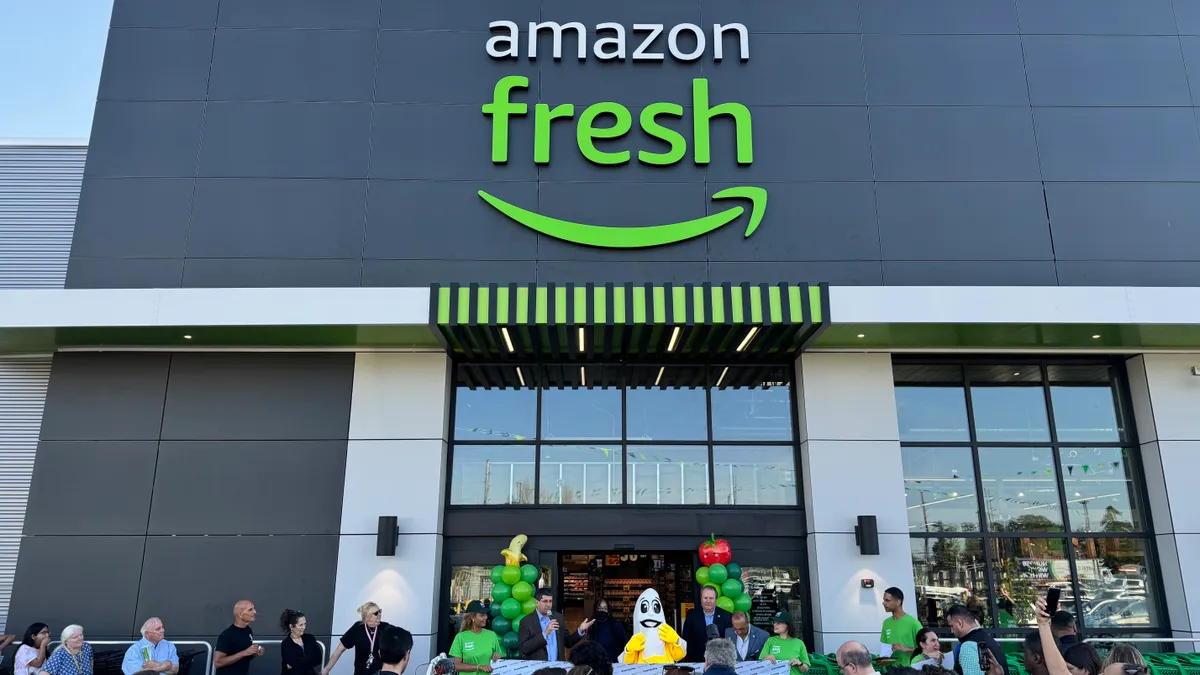Editor's Note: This article is part of a series on benefits technology. All stories in this series can be found here.
It’s hard enough to explain your employee benefits plan to someone sitting directly across the table from you.
But the reality of modern work is that more employees log in or clock in from locations other than a traditional office than in the past. Yes, IBM may be deciding to buck that trend for a number of reasons, but we’re living in the era of companies that were built to be remote workplaces.
Besides, remote work may be viewed as a benefit in and of itself, what with the advantages of not having to deal with traffic and being able to spend time with loved ones. Companies that rely on remote workers already have processes in place to facilitate day-to-day business, but is that really the optimal way to handle employee benefits?
Before you dive into that question, ensure that you know exactly which forms of work you'll need to include in the discussion.
Who exactly is a remote worker?
While your gut reaction to this question is probably “someone who works primarily at home,” the truth is remote work encompasses much more than those who open a laptop from their home office (or reclining chair).
Kim Buckey, VP of Client Services at DirectPath, includes a variety of folks under the remote worker umbrella — salespeople, truck drivers and even pipeline and construction site workers count. Those with odd-hour shifts, like hospital staffers who may work for 24-hours straight, may be included by virtue of the fact that it’s harder to reach them.
That's particularly true for the "road warriors," whose days mainly consist of moving from site to site. They're not likely to concern themselves with wellness program incentives and the like at the end of the day.
"It's that mindset of, 'All I want to do is have a drink, have a meal and go to bed,'" said Buckey, who identifies with remote workers as a result of her own career experiences.
In any case, it's important to make the distinction between two key groups — virtual workers and mobile workers — before we move on. Virtual workers can be thought of those employees tied to one desk or computer. Mobile workers encompass a larger group of truck drivers, those who move between multiple work site, traveling salespersons and other odd-hour shift workers.
Okay, so how do I reach them?
Virtual workers are more likely to pick up on electronic communications around benefits, like emails and conference calls, simply because that's how they do business everyday. Buckey cautions against conference phone calls, however, simply because it's too easy for those on the other end of the line to multitask.
"If we're communicating about something that important, we want their attention," she said.
Instead, Buckey suggests employers try to create interactive presentation forms, like Skype conversations and Twitter chats. The latter, she said, may be particularly effective for HR professionals, who can lead the discussion and answer questions in real time. Whatever your preferred method may be, keep the information as short and digestible as possible.
Similarly, webinars have evolved as a short, informational tool to deliver complicated benefits information to all employees. Katie Berliner, an account executive for voluntary benefits platform YouDecide, says the firm emphasizes to vendors and providers the need for webinars which allow employees to pose questions at the end.
"You can't be completely dependent on sending an email or hoping that the employee is going to reach out and look at the company intranet," Berliner said. "You can't just rely on one form of communication; I think they all support each other."
Mobile workers are their own challenge, but solutions do exist. Buckey pointed to examples of podcasts that employees can plug into on their way to a separate job site, while Berliner said certain firms use eBooks to spread the word. But no solution will be successful without being widely accessible, be it on a phone, tablet or laptop.
The same principles apply for both groups; employers need to collaborate with outsourcers to create apps that put all of an employee's essential health information into one place, and that provide easy access to experts who can walk them through the enrollment process.
"The thinking is that people regularly only use six out of all the apps on their phone," said Dinesh Sheth, CEO of Green Circle Health. "You as an employer want to be one of those six apps."
Get your middle managers on board
Another pro tip for engaging your mobile workers: Don't go it alone. Each of the experts that spoke to HR Dive acknowledged improving communication around benefits means empowering supervisors to guide employees along the way.
"Managers are really overlooked in that equation," said Buckey, "because that's the more frequent point of contact with the home office or HQ. Employers need to remember to equip managers to at least provide a certain level of information."
Of course, managers can't answer all of their employee's benefits concerns (lest they run afoul of HIPPAA guidelines). But the key here is to answer the basic questions and encourage involvement in the early stages of the process. Think of simple questions: "When does open enrollment begin?" is just one example. But for those who lack a physical HR office to walk into, managers provide at least one gateway.
That's not to say you shouldn't keep in mind managers' bandwidth, Berliner said. But the fundamental idea is keeping as many avenues of communication open as possible.
Looking ahead
By now, it should be obvious that technology alone won't be able to solve the problem of benefits engagement, remote workers or otherwise. Wellness has to be an integral part of the organization's culture in order for new programs to succeed.
How else would employers encourage something like wellness for remote employees, who don't have the advantage of using the company gym? For Sheth, the pitch to employees must include care for employee health and wellbeing from the get-go.
"It comes down to knowing your population," he said. "Once you reach them at a personal level, most people will want to make a change. When you join this company, you know from day one that we want you to be healthy."
Ultimately, HR leaders have to encourage employees to be advocates for their own health, Berliner said. Anticipate employee questions about cost-saving and benefits options ahead of time, and don't limit your communication around enrollment to one part of the year.
"My advice to HR is: Let's focus on what we can do, not what we can do someday," Sheth said.




















